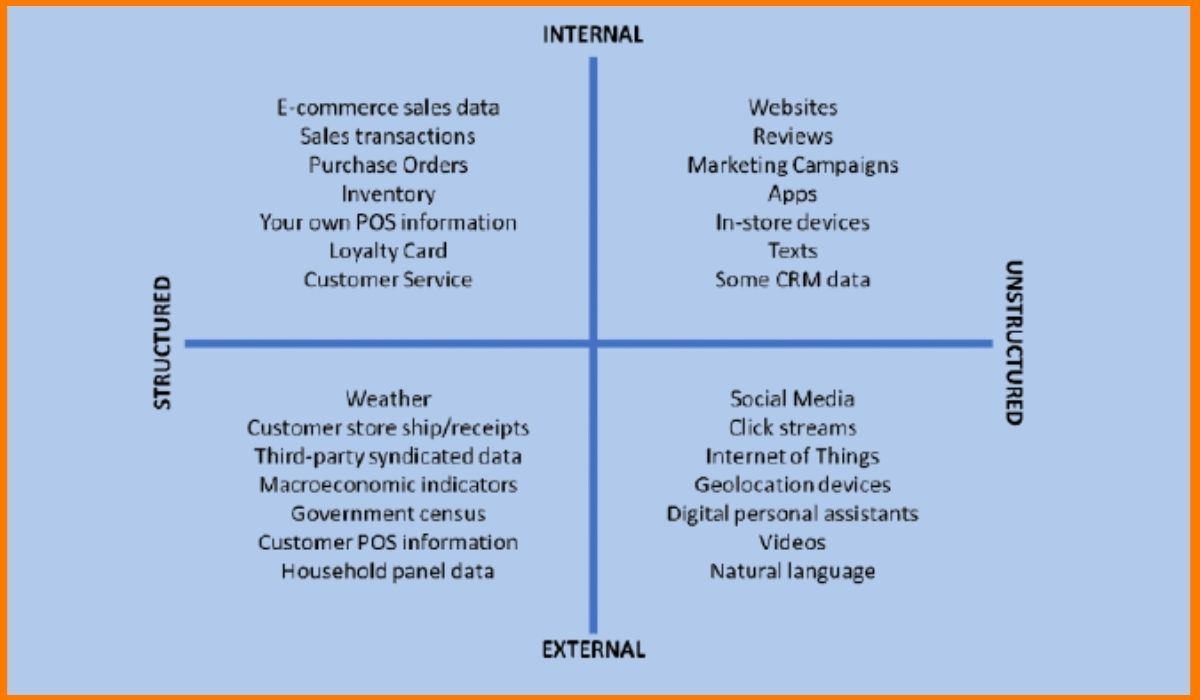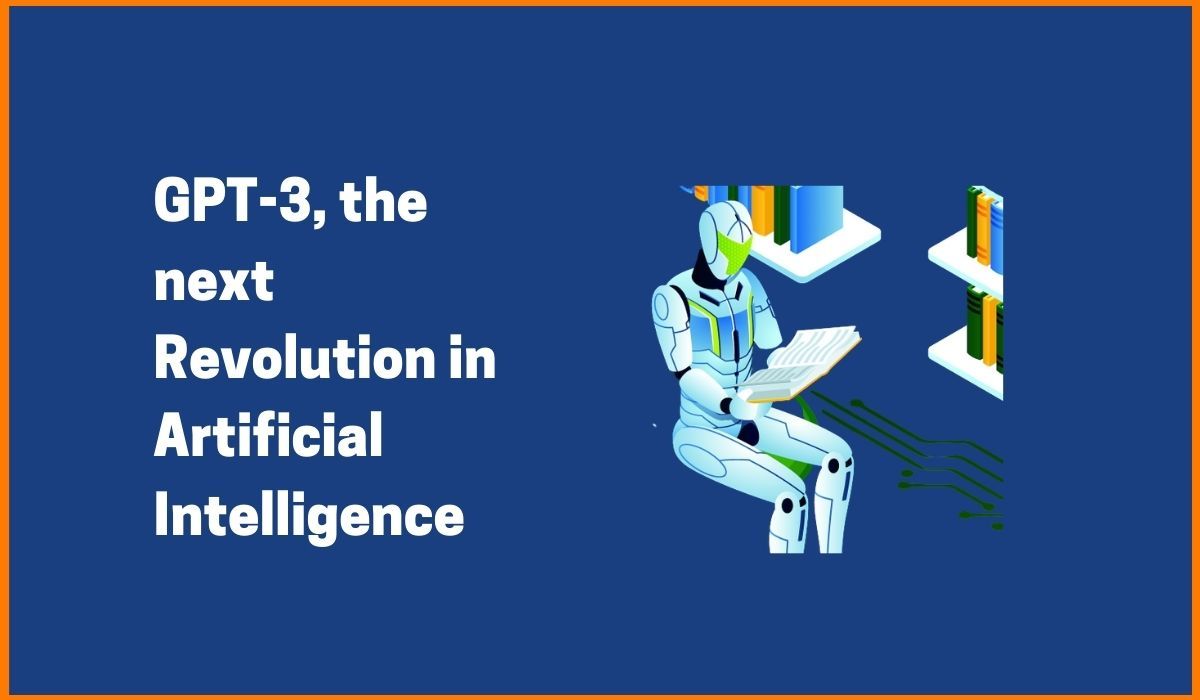
Artificial intelligence has been drawing a lot of attention as companies and tech-savvy vendors continuously seek how machine learning could improve demand plans and supply chain operations. In particular demand forecasting, the process of planning forecasts that will drive operational supply chain decisions and customer demand plans is being trusted as the next potential field for innovation and a drastic shift.
Giant Tech-savvy companies like Amazon and Microsoft have announced AI tools for refining demand forecasting, and several consulting companies are promoting their AI skills to bring them in demand planning processes. A recent survey identified that AI is the technology that will have the largest impact on demand planning in the near future.
It's not difficult to notice the compatibility between AI and demand planning. Demand planning involves a huge number of data and data analytics, and it is a repeated cycle after cycle. It is easy to imagine that a self-learning AI application could do at least as good a job as a human planner at forecasting demand.
However, closer examination shows that there are some dire challenges faced by AI to successfully penetrate the demand planning market. These challenges are not much technical as compared to management. Even if AI is not a significant contributor to demand planning, addressing these challenges can improve a company's demand forecasting performance.
Ways of Demand Forecasting
Consumer Demand Forecasting
Application of Demand Forecast
Ways of Demand Forecasting
In the world of data and Artificial Intelligence, most companies have been operating with a mixture of technologies into which they invested millions of dollars that they simply can’t turn off. They are also forced to compete in their industries with the digital systems that are building business models completely embracing the power of data and algorithms.
Organization adopt powerful insights for better demand predictions with data and technology. There is a practical adoption of digital transformation through platforms, forecast and predictive models, applications models, fed by a foundational data layer, powered by AI and enabled with real-world scenario testing.

Customer Relationship Management
The targeted customers who plan to buy a product expect receiving it immediately and should be readily available to use. Demand planning allows companies to predict which types of products have to be purchased in the next slot from a specific store location. This improves customer satisfaction and commitment from the organizations' end.
Logistics and Order Fulfillment
Demand forecasting solutions optimize the supply chain procedure and logistics. The product will be more likely to be in the inventory, and unsold goods won’t occupy prime retail space at the time of order.
Pattern Identification
AI is applied to a company’s historical demand signal in an unbiased way. The technology self-learns from complex demand patterns like multiple seasonality signals, non-linear trends, lags, level shifts, etc. and finds common groups to prescribe the suitable model.
Internal and External Causals
Identity complex patterns from the data, the next step is to bring in the effects of internal and external causal factors to enhance the demand signal and quantify key demand drivers. Internal variables include the product analysis, price, promotions, product lifecycles and point-of-sale data.
External data is operated, such as macroeconomic indicators like demographic trends, Consumer Price Index, regional weather data, market share data, consumer sentiment, and much more.
Evaluating different Scenarios
The ability to analyze what-if scenarios for more accurate predictions is the next-generation demand modelling. This is an important point where organizations can win cause and effect by testing demand scenarios and sensitivities at varying levels. Factoring these scenarios into demand models in a deeper sense prepares decision-makers for changing conditions.
Short-Term Forecasting
AI plays a strong role in solving patterns and delivering insights for short term forecasts, predicting actual orders using data like page-views and current inventory positions from vendor portals, companies can set up recommendations on inventory positioning.
Supplier Relationship Management
By having the prediction of customer demand in numbers, it’s possible to calculate how many products to order, making it easy for the organization to decide whether they need new supply chains or to reduce the suppliers.
Marketing Campaigns
Forecasting is often used to market campaigns, adjust ads, and can influence the number of sales. Machine learning forecasting models can take marketing data into account to have a perfected market forecasting.

Consumer Demand Forecasting
- Extract maximum predictability from the available data
- Consumption-based forecasting predicts changing market conditions, utilizing internal and external data sources to fulfil orders
- AI functions in a variety of products and services companies with a variety of demand patterns including e-commerce, beverage, beauty, consumer electronics products and many more products
- The UI leverages AI to highlight which products need human intervention
- AI models consume limitless data sources empowering precision and market responsiveness
- Anticipate and respond to shifting market trends
- AI focuses on critical areas and anomalies through a unified forecast and Machine Learning driven workflow

Application of Demand Forecast
The forecasting method to select is a function of multiple qualities about a particular item. Each and every item going under demand forecast has a unique history and an optimal method. The application of Demand forecast is Vanguard Predictive Planning uses AI to run a Best-Fit analysis on forecast records at the beginning of each forecast cycle.
The AI engine automatically uses the most appropriate forecasting method for users record. It analyzes the most recent demand data available and ensures the most accurate forecast for every item as it progresses through its lifecycle.
Conclusion
The basic functions of Artificial Intelligence are not new to forecasting and demand planning. Forecasters have used algorithms including artificial neural networks, association rules, and decision trees all of which are common methods in AI.
AI has proved to be one of the notable achievements in technical inventions, making it easier for organizations to predict what the consumers desire.

FAQs
What is artificial intelligence?
Artificial Intelligence (AI) is wide-ranging branch of computer science concerned with building smart machines capable of performing tasks that typically require human intelligence.
What are the 3 types of AI?
There are 3 types of artificial intelligence (AI): narrow or weak AI, general or strong AI, and artificial superintelligence.
What is the purpose of artificial intelligence?
The objective of AI is to enable computers to perform such intellectual tasks as decision making, problem solving, perception, understanding human communication.
What are examples of artificial intelligence?
- Google Maps and Ride-Hailing Applications
- Face Detection and Recognition
- Text Editors or Autocorrect
- Search and Recommendation Algorithms
What is machine learning?
Machine learning is a method of data analysis that automates analytical model building. It is a branch of artificial intelligence based on the idea that systems can learn from data, identify patterns and make decisions with minimal human intervention.
What is AI forecasting?
Emerging information technologies and artificial intelligence techniques are being used to improve the accuracy of forecasts and make a positive contribution to enhancing the bottom line called AI forecasting.

Author: Vibhavari Madki
Source : https://startuptalky.com/artificial-intelligence-in-demand-planning/
Date : 2021-04-14T14:09:00.000Z


